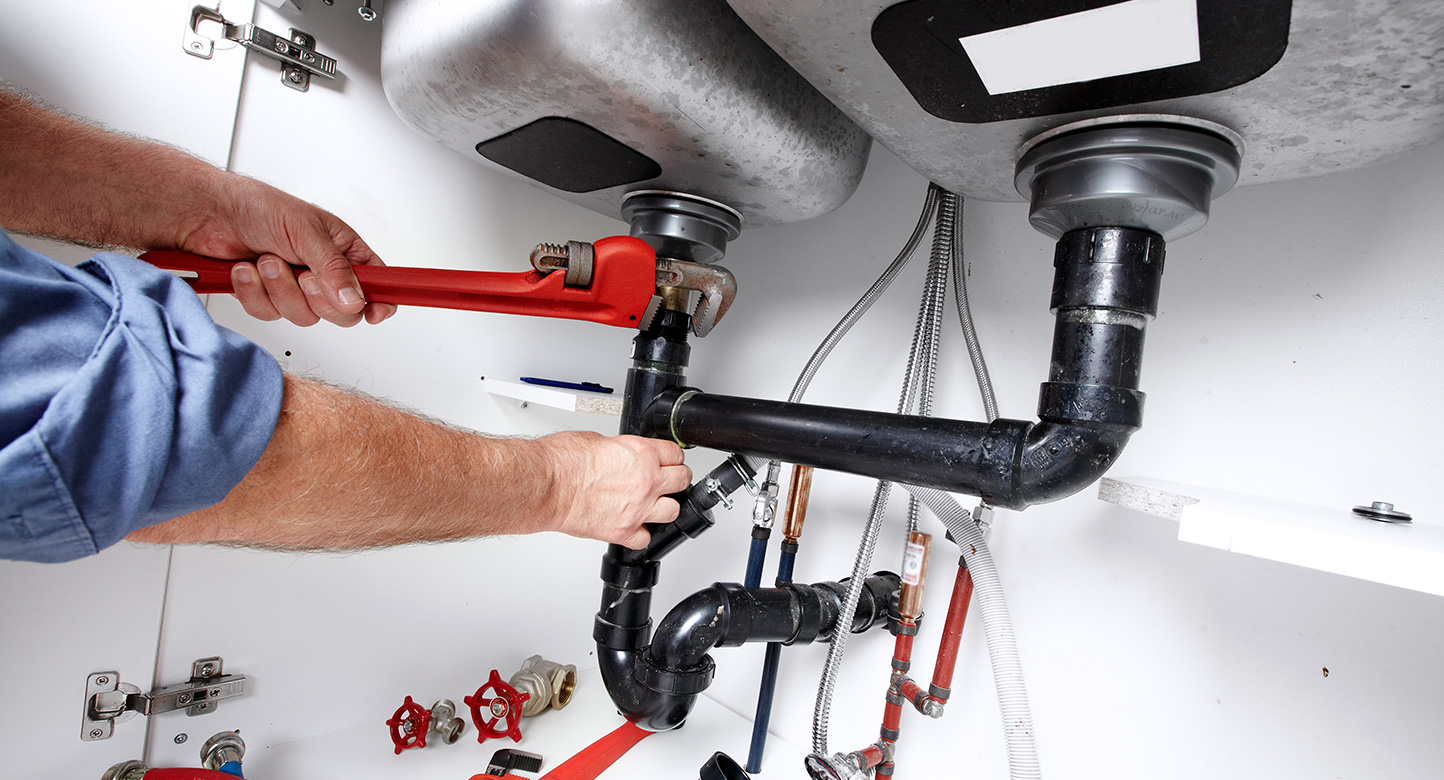Pipe repair and replacement are common plumbing services needed to address issues such as leaks, corrosion, or damage to pipes. The appropriate solution depends on the extent of the problem. Here are some pipe repair and replacement solutions:
Pipe Repair Solutions:
- Pipe Patching:
- Description: For minor leaks or cracks, pipe patching involves sealing the damaged area with epoxy or a pipe repair clamp.
- Best Used For: Small leaks or cracks in accessible areas.
- Epoxy Pipe Lining:
- Description: Epoxy lining is a process where a special epoxy resin is applied to the interior of the pipe, creating a new, durable coating.
- Best Used For: Restoring small sections of damaged pipes without major excavation.
- Sleeving or Pipe Bursting:
- Description: A new pipe is inserted into the existing damaged pipe, causing the old pipe to burst and be replaced by the new one.
- Best Used For: Full pipe replacement without extensive digging.
Pipe Replacement Solutions:
- Traditional Pipe Replacement:
- Description: Removing the old pipe and installing a new one. This can involve excavation to access the damaged pipe.
- Best Used For: Severe damage, extensive corrosion, or complete pipe replacement.
- Trenchless Pipe Replacement:
- Description: Trenchless methods, such as pipe relining or directional boring, allow for pipe replacement without extensive excavation.
- Best Used For: Situations where digging is challenging or not desired, such as under buildings or landscaping.
- Repiping:
- Description: The complete replacement of all or a significant portion of the plumbing system, often switching to new materials like copper or PEX.
- Best Used For: Aging plumbing systems, frequent leaks, or extensive corrosion.
Factors Influencing the Choice:
- Extent of Damage:
- Small leaks or cracks may be repaired, while extensive damage may require replacement.
- Pipe Material:
- The material of the existing pipes can influence the chosen repair or replacement method.
- Accessibility:
- The location and accessibility of the damaged pipe play a role in determining the most practical solution.
- Budget:
- Budget constraints may influence the choice between repair and replacement options.
- Long-Term Goals:
- Consider whether a temporary fix or a long-term solution aligns with your goals for the property.
Steps in Pipe Repair or Replacement:
- Assessment:
- A professional plumber assesses the extent of damage and recommends an appropriate solution.
- Isolation:
- Water or gas flow is isolated to prevent further damage during the repair or replacement process.
- Preparation:
- For repairs, the damaged area is cleaned and prepared. For replacement, excavation or trenchless methods are employed.
- Execution:
- The chosen repair or replacement method is implemented, ensuring a secure and durable solution.
- Inspection:
- The repaired or replaced section is inspected to ensure the solution is effective.
- Restoration:
- Any excavation or disruptions are restored, and the plumbing system is tested for functionality.
Professional Assistance:
Regardless of the chosen solution, pipe repair and replacement are tasks best handled by professional plumbers. They have the expertise, tools, and experience to accurately diagnose issues and implement effective solutions, ensuring the long-term integrity of your plumbing system. If you’re facing pipe issues, it’s advisable to consult a licensed plumber to assess the situation and recommend the most suitable course of action.
